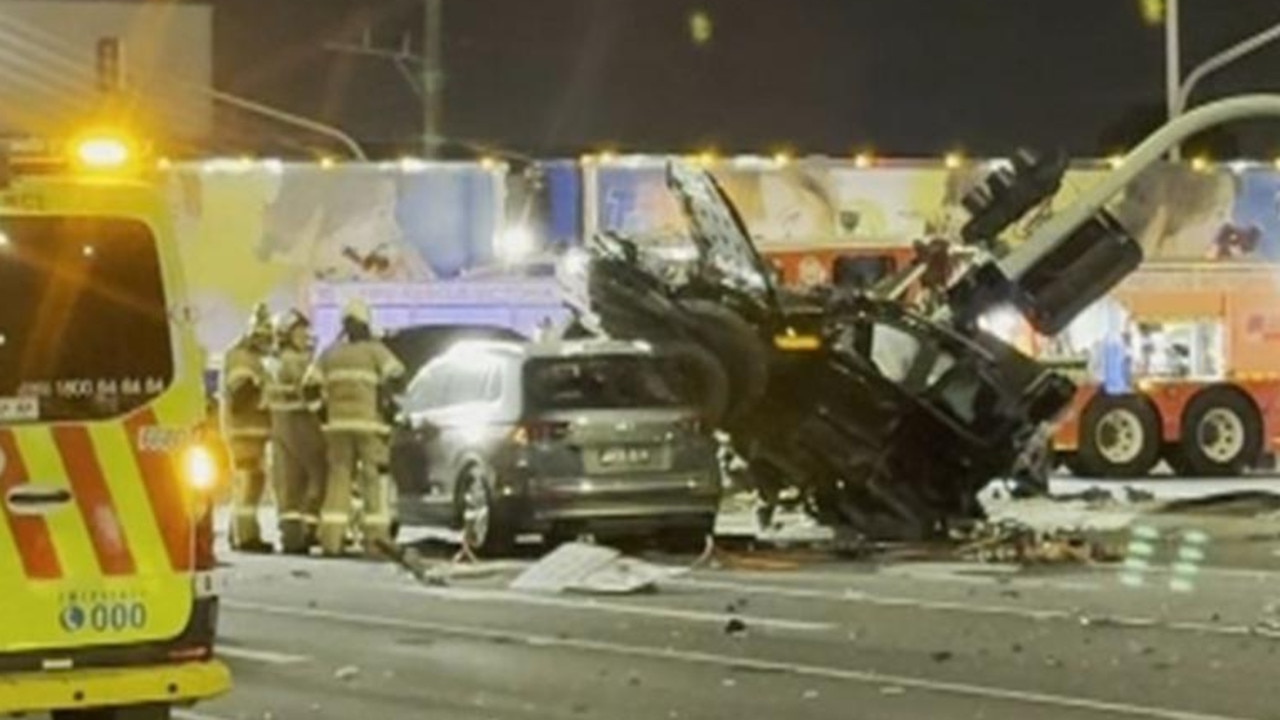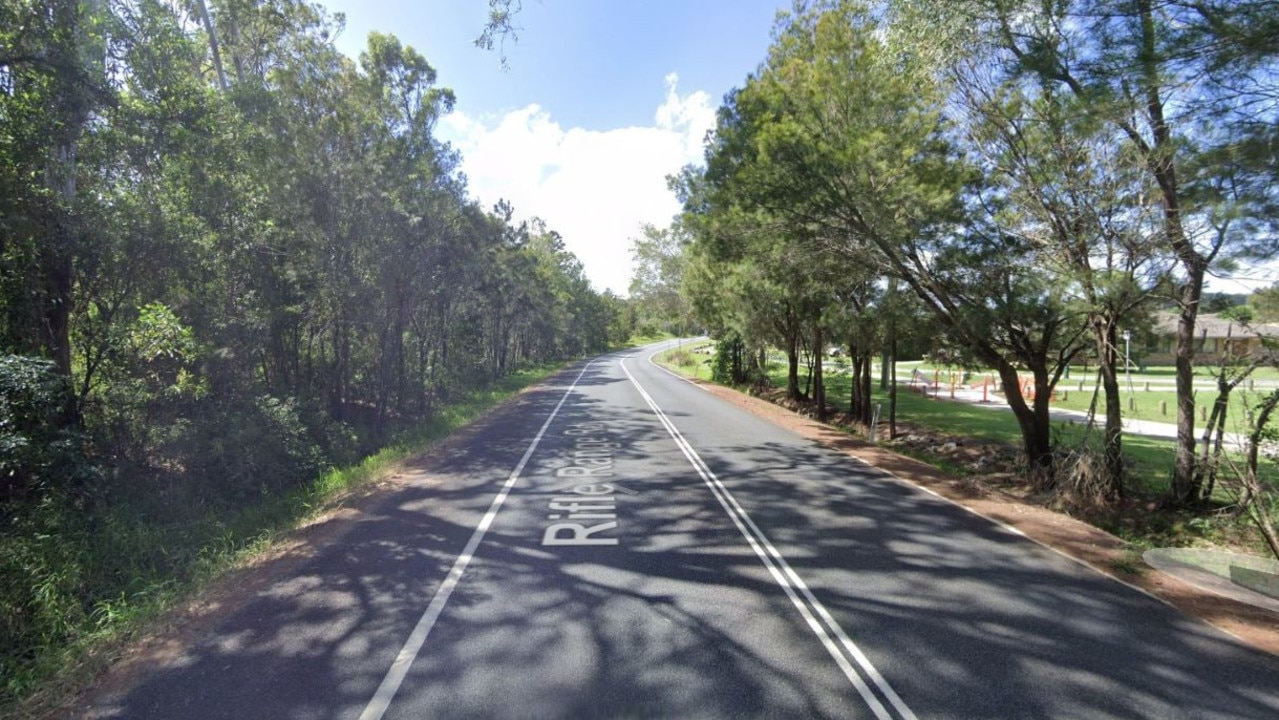Map reveals class divide in Australia
A massive class divide is opening up between Aussies who are driving electric cars and those that opt for more conventional vehicles.
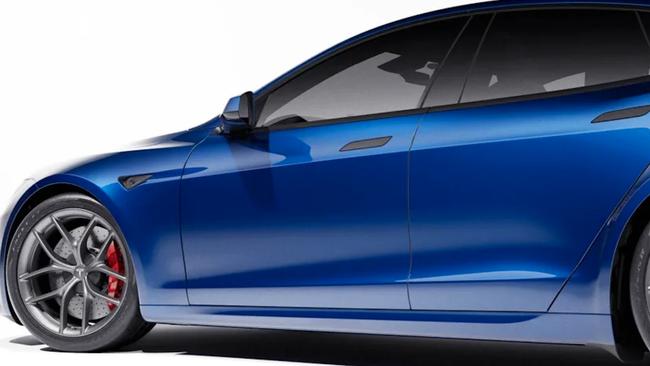
On the Road
Don't miss out on the headlines from On the Road. Followed categories will be added to My News.
Tesla drivers are much more likely to live in Australia’s wealthiest electorates held by “teal” independents showing the remarkable division in the political map when it comes to what Aussies drive.
The Australian Automobile Association has ranked Tesla registrations by the 151 federal electorates using data from the government’s Bureau of Infrastructure and Transport Economics.
Affluent, blue chip suburbs in Sydney, Melbourne and Brisbane dominate the top-30 list where electric cars are registered.
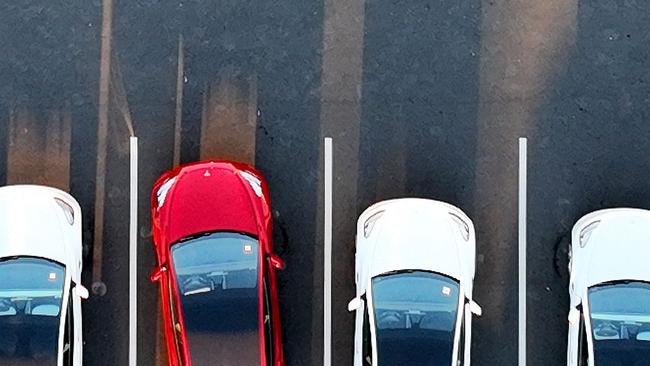
Remarkably, teal independents hold four of the top 10 seats by Tesla registrations, compared with one for the Greens, three for Labor and two for the Liberal Party.
The Sydney eastern suburbs teal independent electorate of Wentworth – covering prosperous Vaucluse, Bondi Beach and Bellevue Hill – was the home of the most Teslas, topping the list with 604 registered there in 2022.
North Sydney, another teal electorate in Sydney, was second on the list followed by the Greens electorate of Brisbane.
The Liberal held seat of Bradfield, covering Roseville and Wahroonga on Sydney upper north shore, was fourth followed by Melbourne inner east seat of Kooyong which teal independent Monique Ryan won from former Liberal treasurer Josh Frydenberg last year.
Perth entered the list in sixth place with the teal independent seat of Curtin held by Kate Chaney, the daughter of Wesfarmers chairman Michael Chaney.
Environment Minister Tanya Plibersek’s seat of Sydney came in seventh followed by the Liberal held seat of Moncrieff covering Surfers Paradise on the Gold Coast.
Labor held Melbourne seats of Higgins and Macnamara round out the top 10.
Of course there are some notable exceptions. Adelaide doesn’t enter the list until 40th place with the marginal Liberal seat of Sturt and Hobart didn’t make the list until 90th spot with the inner city seat of Clark, held by left leaning independent Andrew Wilkie.
Darwin had no electorates in the top 100, with the Labor seat of Solomon coming in at 145.
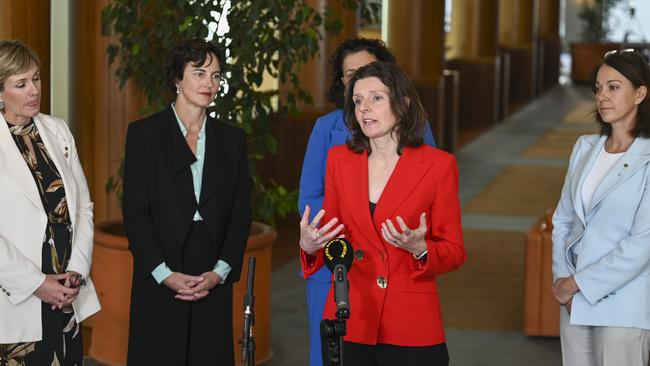
Professor of sustainable transport at Sydney University John Rose told news.com.au he wasn’t surprised by the wealth divide.
“What we need to understand is that on average, an electric vehicle is $28,000 more than a conventional vehicle,” he said.
“You are going to have areas with higher disposable income take the technology up quicker because they can afford to adopt the technology.”
He said there was an expectation a few years back that by 2025-2028 there would be price parity between conventional and electric vehicles.
“That might still occur but with all ongoing supply chain issues and the fact that there is a lot of work being done on battery technology which may actually in the short run be more expensive but actually lead to better outcomes in the long term, price parity may be some time off,” he said.
“If we stick with the current battery technology then yes, but if we change the technology the prices may be above conventional vehicles a lot longer.”
Tesla brand
Prof Rose also acknowledged that the Tesla brand was associated with a “particular type of individual”.
“In America it is because of the association with Elon Musk and it is seen as a more Republican vehicle than Democrat. I’m not sure that translates to Australia. It does attract a certain type of crowd and I think the public does perceive that.”
He said Covid led to a “structural break” in the way people were purchasing cars which had seen sales accelerate.
“If you looked at the forecast pre-Covid they are well and truly off than where we are now,” he said.
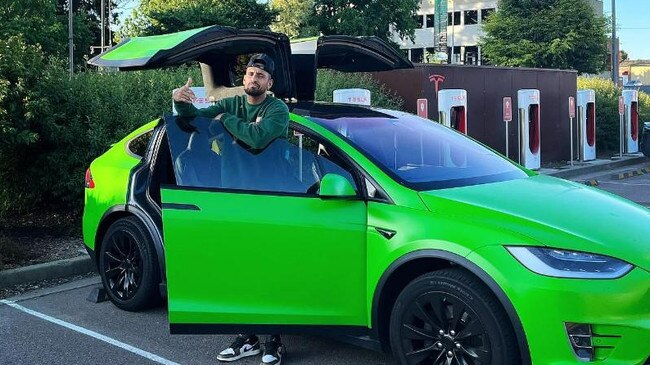
“The last I looked at the figures, approximately eight per cent of new vehicle sales are now electric and if you go back pre Covid it was less than one per cent.”
In May 2023, battery electric vehicles (BEV) made up 7.69 per cent of new car sales in Australia (it was closer to 8 per cent in April), plug in hybrid (PHEV) 0.75 per cent and hybrid electric 7.19 per cent.
In May 2022, only 0.98 per cent of new cars sold were BEV, 0.74 per cent PHEV and 8.35 per cent hybrid EV.
BEV sales have now overtaken hybrid electric vehicles as the most popular type of low emission vehicle.
The federal electorates with the most Tesla registrations
1. Wentworth: 604 registered
2. North Sydney, 581 registered
3. Brisbane, 541 registered
4. Bradfield, 499 registered
5. Kooyong, 461 registered
6. Curtin, 457 registered
7. Sydney, 419 registered
8. Moncrieff, 404 registered
9. Higgins, 394 registered
10. Macnamara, 389 registered
11. Warringah, 385 registered
12. Melbourne, 374 registered
13. Griffith, 370 registered
14. Fadden, 362 registered
15. Ryan, 356 registered
16. Canberra, 349 registered
17. Goldstein, 334 registered
18. Reid, 293 registered
19. Chisholm, 291 registered
20. Mcpherson, 290 registered
Source: Australian Automobile Association
Originally published as Map reveals class divide in Australia




